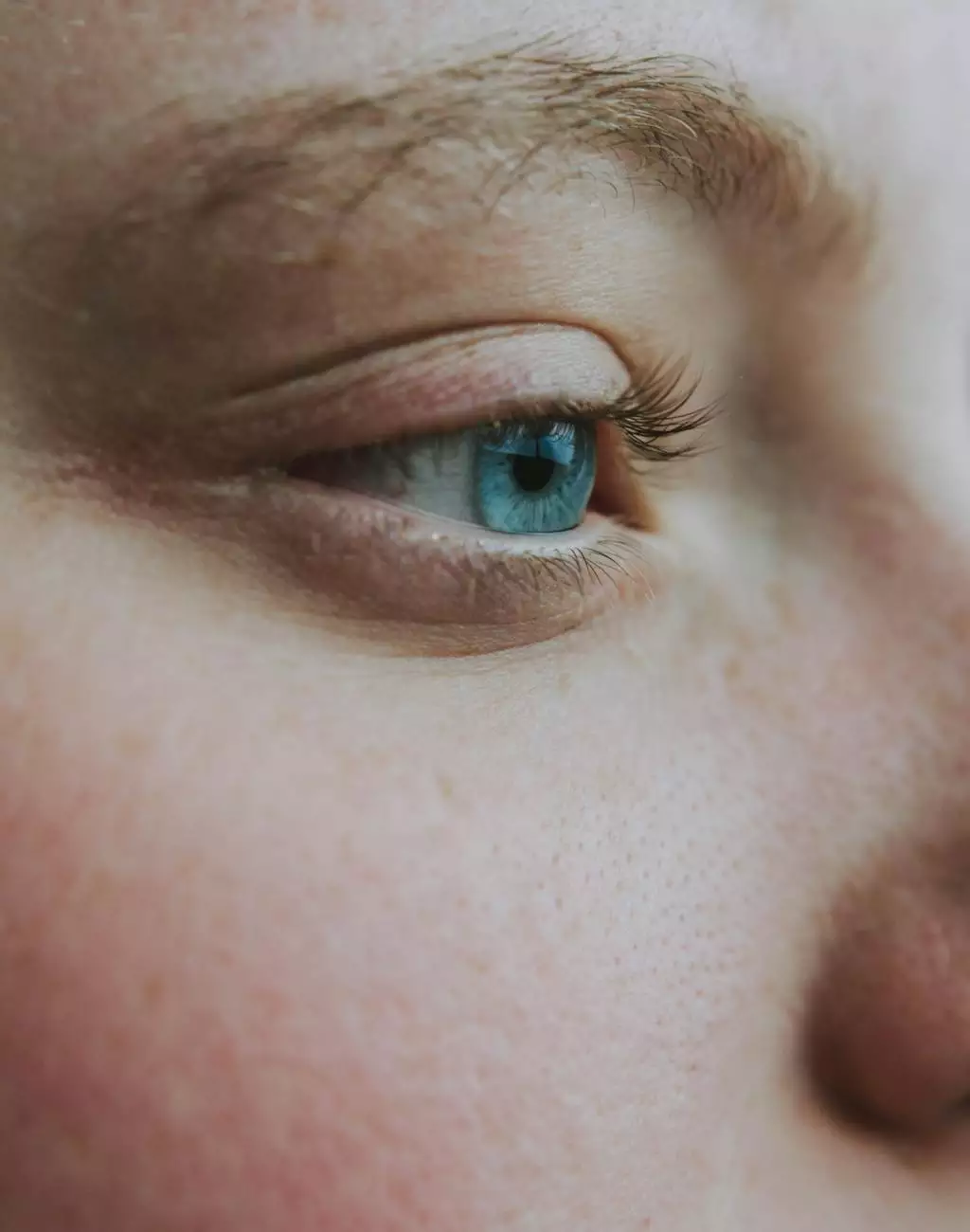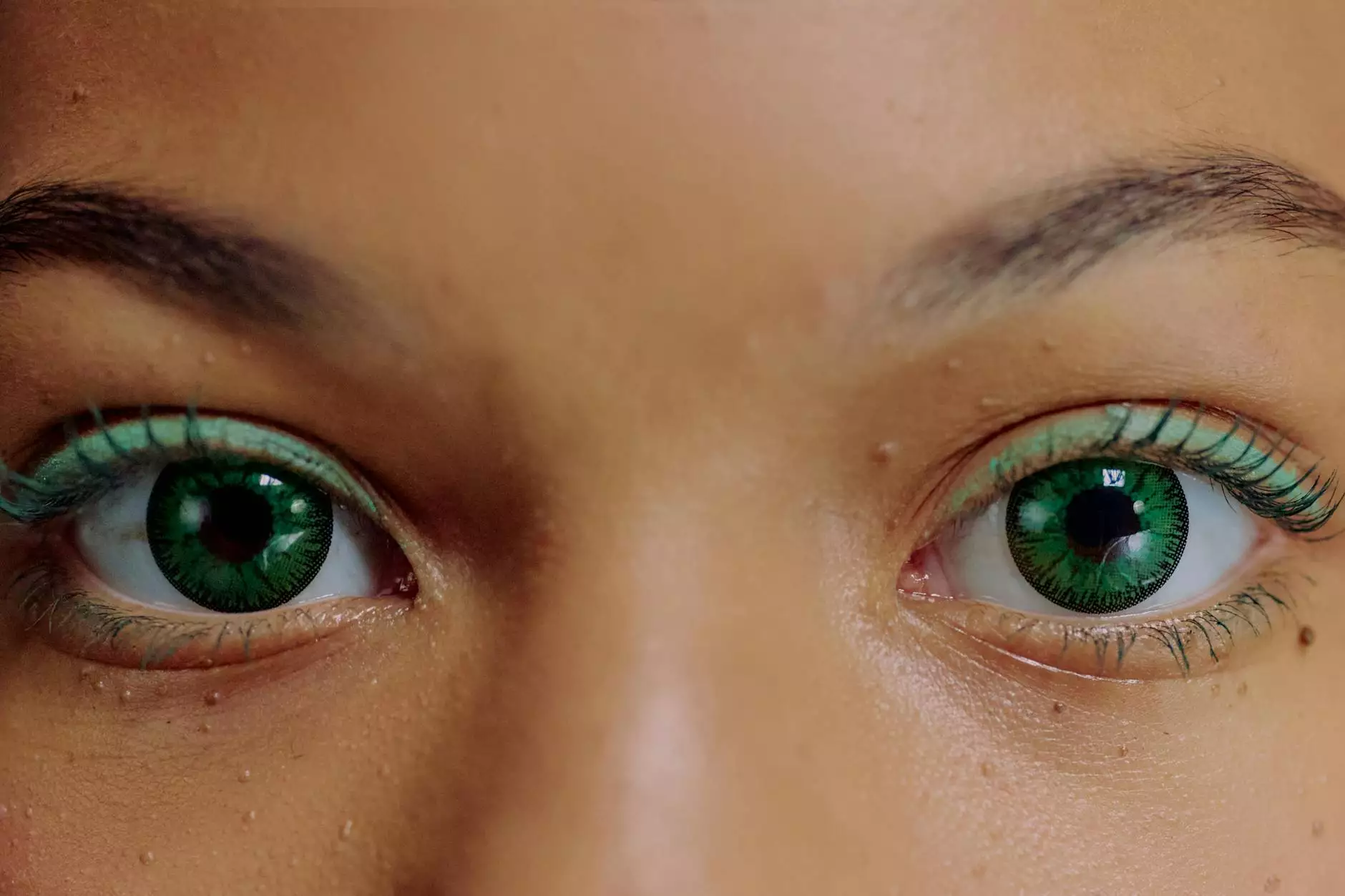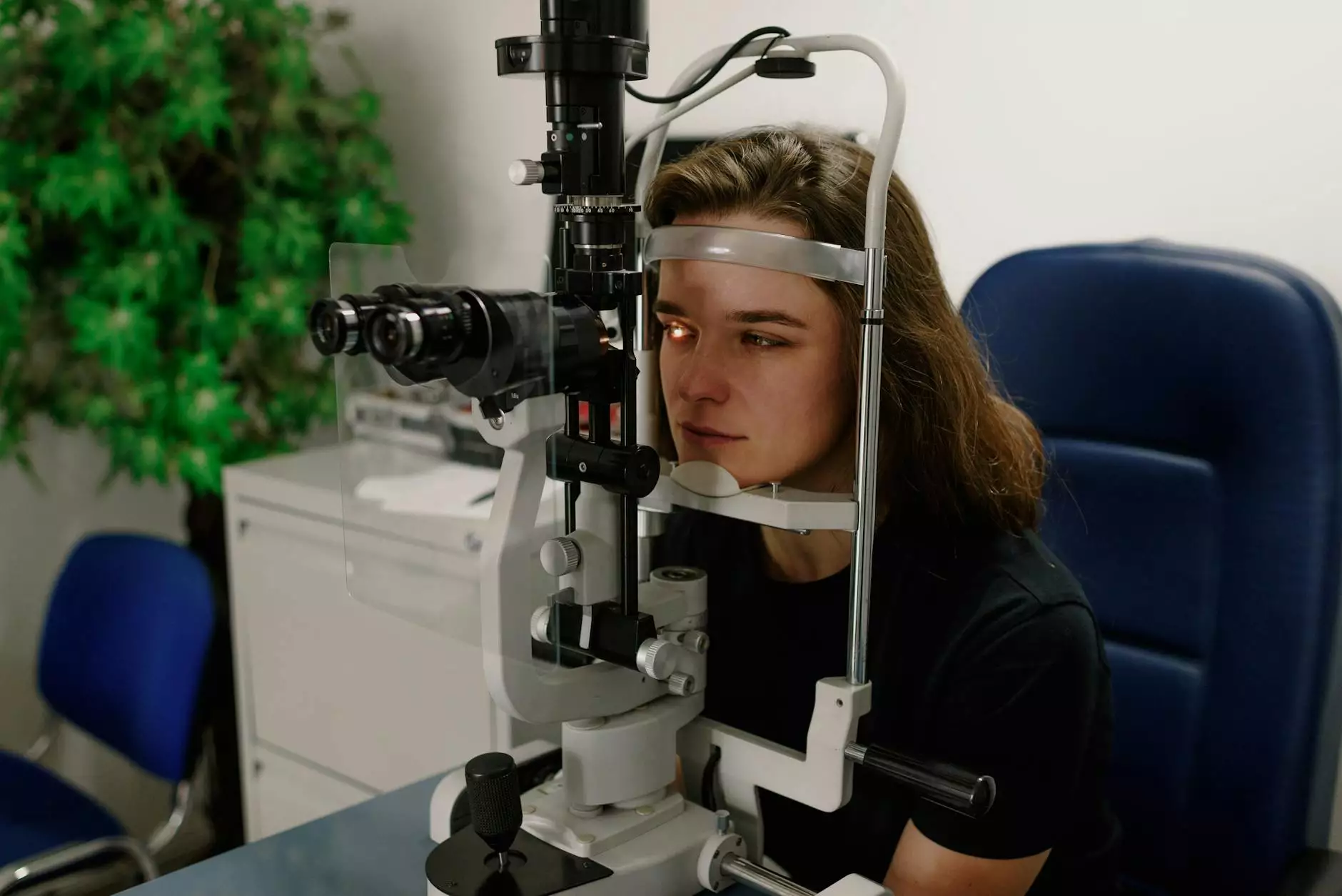The History of Cataract Treatment

An Introduction to Cataracts
In the field of health, few conditions have intrigued and challenged medical professionals as much as cataracts. A cataract is a clouding of the eye's natural lens that affects vision and can greatly impact a person's quality of life. Over the centuries, the treatment of cataracts has undergone significant transformations, with advancements in technologies and surgical techniques providing incredible outcomes for patients.
Ancient Remedies and Early Surgeries
The journey to understand and treat cataracts dates back to ancient civilizations such as the Egyptians and Greeks. Ancient Egyptians believed that the gods were responsible for eye ailments and sought supernatural remedies. The Greeks, on the other hand, explored early surgical interventions, using rudimentary tools to attempt the removal of the clouded lens.
As time progressed, so did the techniques used. In the Middle Ages, extracapsular surgeries were attempted, where surgeons manually extracted the opaque lens through a small incision. These primitive surgical attempts often resulted in complications and limited success rates, yet they paved the way for future innovations.
Revolutionary Discoveries and Breakthroughs
The true turning point in cataract treatment came during the 18th and 19th centuries. Scientists began to understand the anatomy of the eye better, leading to significant breakthroughs in optical lenses and intraocular implants.
One such milestone was the development of the phacoemulsification technique in the 1960s. This revolutionary procedure involves using ultrasound technology to break down and remove the clouded lens. Phacoemulsification quickly became the preferred method due to its precision and minimal invasiveness, resulting in faster recovery times and improved outcomes.
Advancements in Lens Technology
Alongside surgical innovations, significant strides have been made in the design and development of artificial lenses. In the early days, cataract patients had limited options for lens replacement, often resulting in the need for thick, cumbersome glasses or contact lenses. However, thanks to advancements in lens technology, patients can now choose from a wide range of intraocular lenses (IOLs) tailored to their specific needs.
Modern IOLs come in various designs, including multifocal and toric lenses, which can correct other refractive errors such as nearsightedness and astigmatism. These advancements have allowed cataract patients to not only regain clear vision but also reduce their dependence on external visual aids.
The Future of Cataract Treatment
As technology continues to advance, the future of cataract treatment looks promising. Researchers are exploring new ways to improve surgical techniques, develop more advanced IOLs, and enhance post-operative care.
One emerging area of focus is the use of femtosecond lasers in cataract surgery. This cutting-edge technology allows for precise incisions and reduces the risk of complications, leading to improved surgical outcomes. Additionally, ongoing research in regenerative medicine offers hope for potential non-surgical alternative treatments in the future.
Visit David J Scholten, OD, PC for Comprehensive Cataract Care
At David J Scholten, OD, PC, we pride ourselves on providing comprehensive cataract care rooted in both historical knowledge and the latest advancements in the field. Our experienced team of professionals is dedicated to helping you regain and optimize your vision through personalized treatment plans tailored to your unique needs.
Contact David J Scholten, OD, PC today and schedule a consultation to learn more about cataract treatment options and embark on your journey towards clearer vision.










